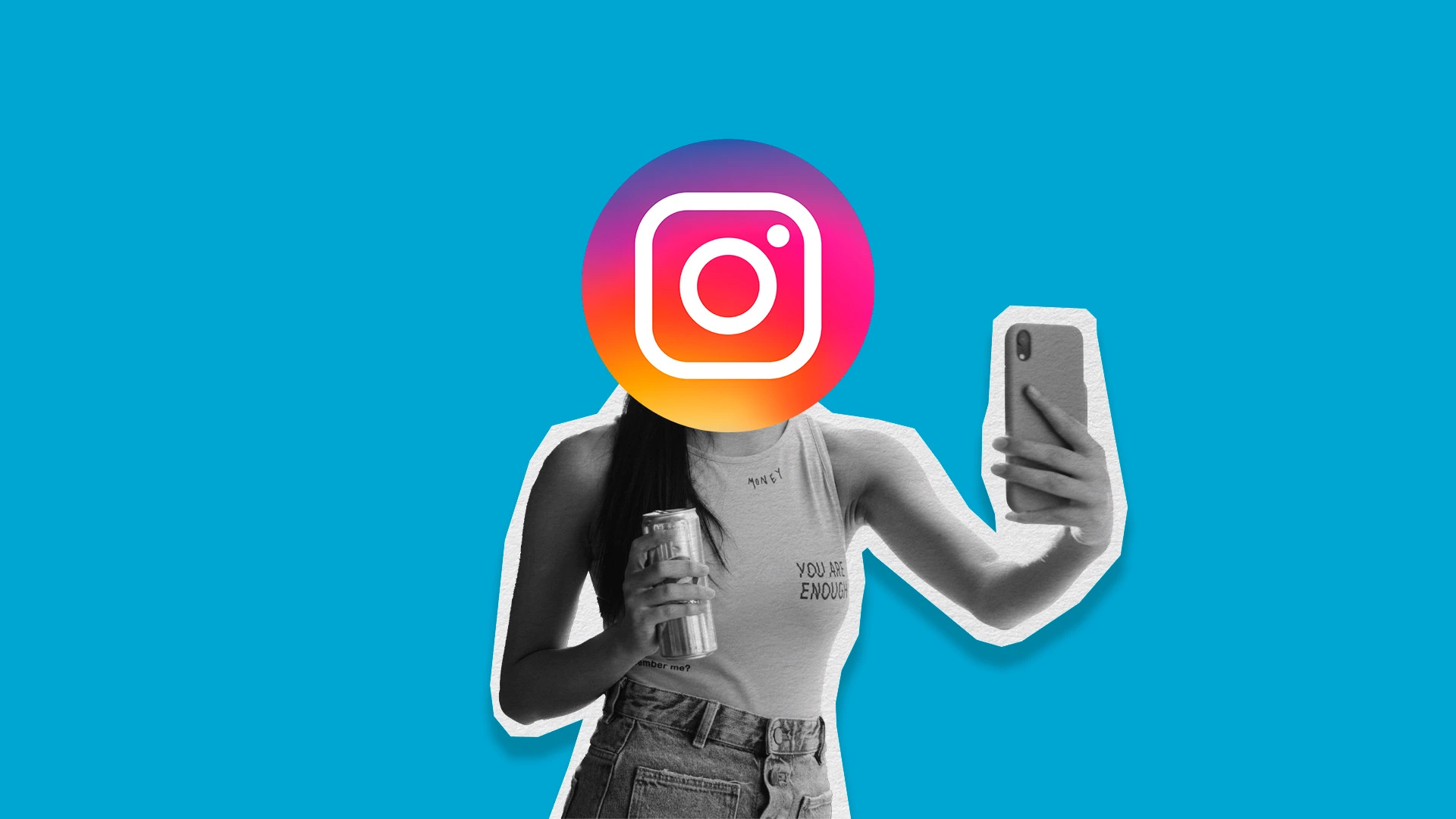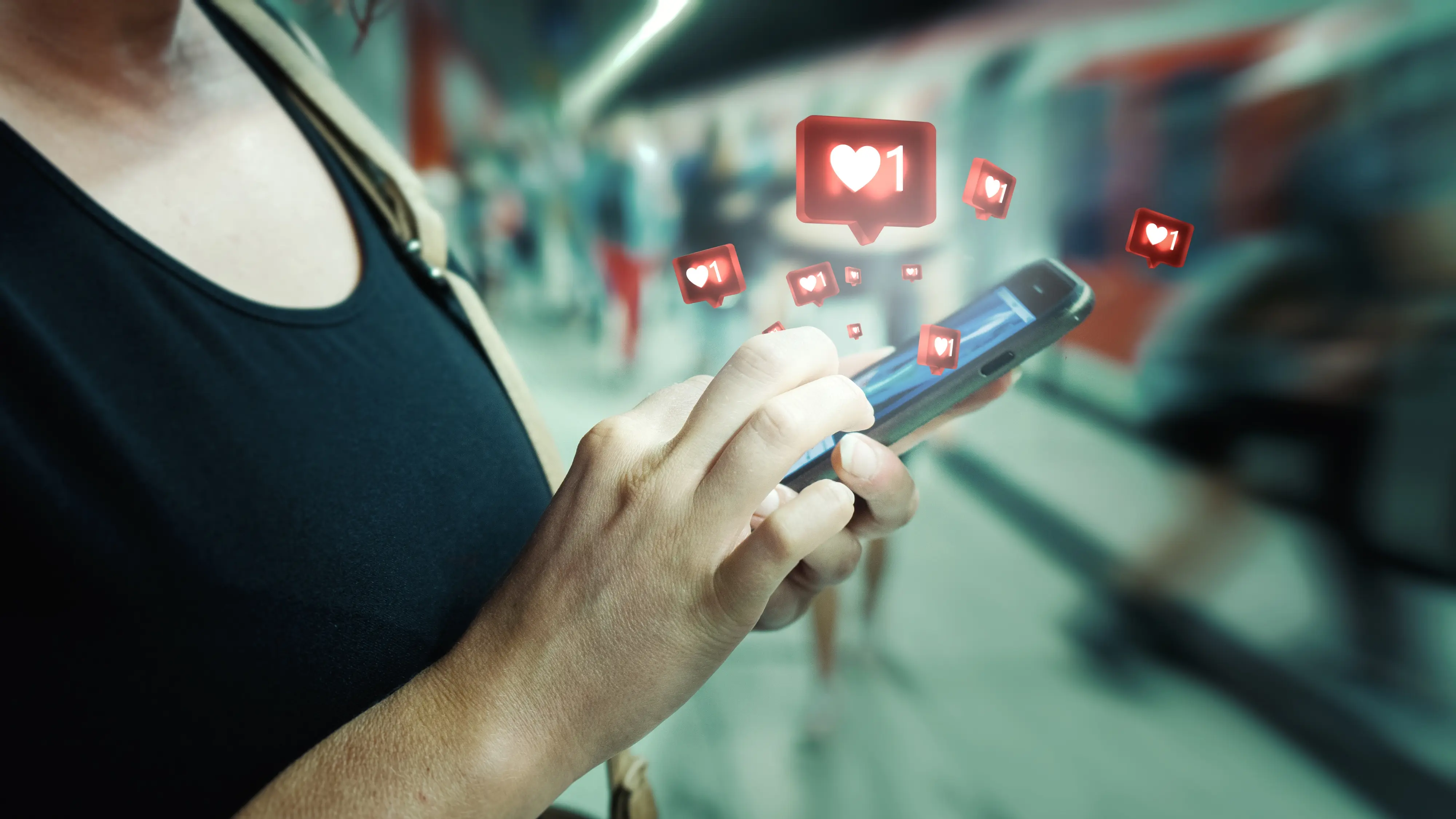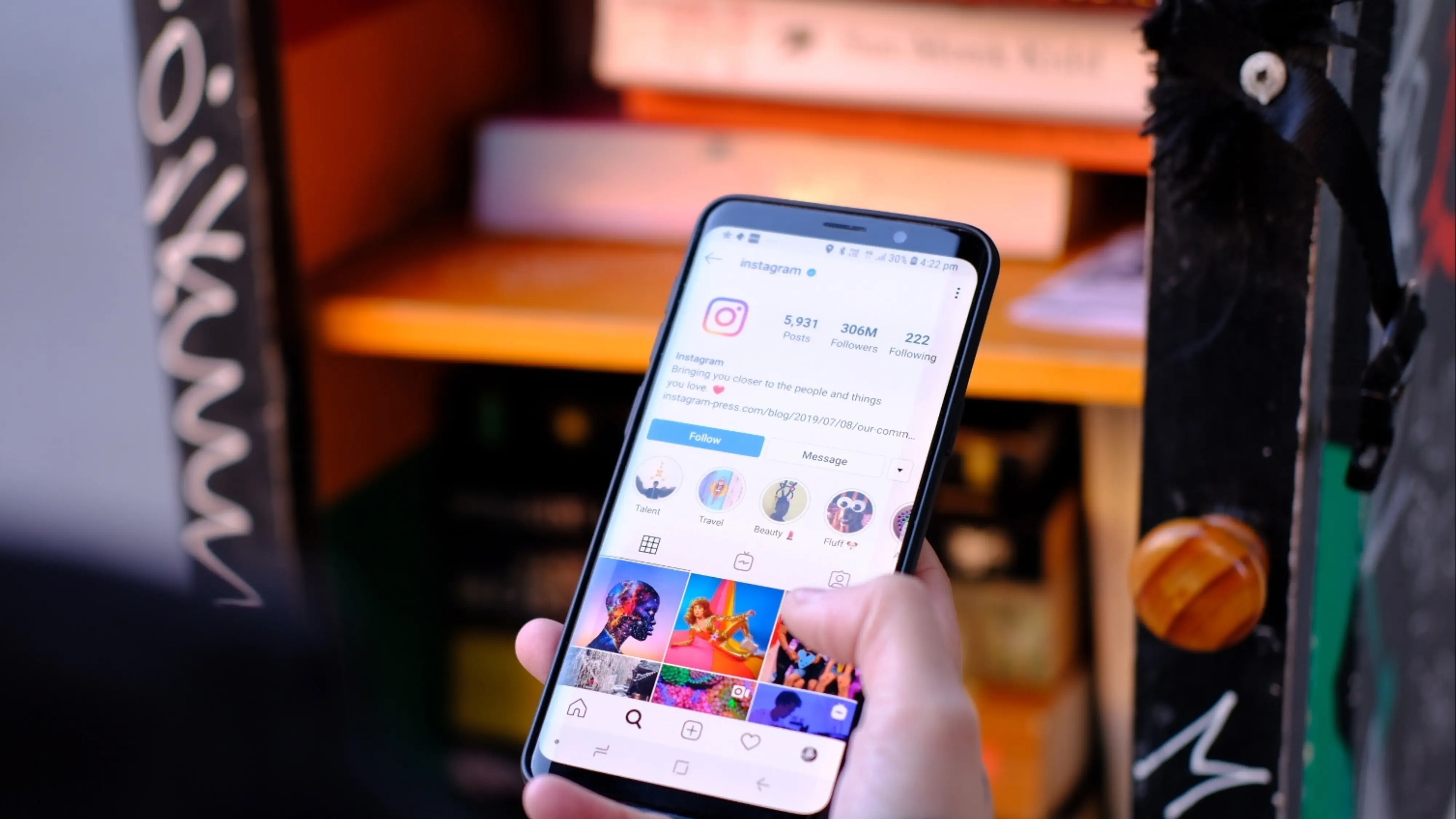If you've noticed a change in your Instagram feed lately, you're not alone. The platform's dominant aesthetic is experiencing a significant transformation that experts have dubbed "manufactured authenticity": a trend characterized by seemingly spontaneous and unfiltered content that, paradoxically, requires as much or more planning than the highly produced posts that dominated the platform for years.
This phenomenon, which gained traction in late 2023 and has become dominant during 2024, represents a reaction to the widespread fatigue with the hyper-polished and unrealistic aesthetic that characterized Instagram during its first decade of existence.
"We're witnessing a response to visual exhaustion," explains Raul Jimenez, Professor of Visual Communication at the University of Seville. "After years of saturation with perfect images, users crave authenticity. The fascinating thing is that this new 'authenticity' is, in many cases, as carefully constructed as the perfection it claims to reject."
The trend manifests in various forms:
• Deliberately poorly framed photos that simulate spontaneous captures
• Imperfect lighting that mimics adverse natural conditions
• Poses that seem casual but are carefully studied
• Selective revelation of imperfections while hiding others
• Use of filters that imitate old cameras or analog photography
• Seemingly sincere captions that are strategically formulated
Maria Vidal, an influencer with over 300,000 followers, openly acknowledges this dynamic: "Before, I could spend three hours editing a photo to make it look perfect. Now I spend the same time making it look like I just took it without thinking. It's a new form of perfection, just with different rules."
Brands are also quickly adapting to this aesthetic. Recent campaigns from major fashion and beauty firms have abandoned the polished studio look in favor of images that appear taken with a mobile phone in everyday conditions, though they are actually produced with professional equipment.
"It's a calculated authenticity strategy," notes Carmen Ortiz, creative director at a Madrid advertising agency. "Brands have understood that the appearance of spontaneity generates greater identification with today's consumer, but behind it there's as much planning as ever, just invisible."
The phenomenon raises fascinating questions about the nature of authenticity in the digital age. Some critics argue that this trend only deepens the confusion between what's real and what's fabricated, while others see it as a natural evolution towards a more sophisticated visual language.
"Manufactured authenticity reflects our ambivalent relationship with social media," opines sociologist Lucia Torres. "We want to appear real, but we also want to be liked. We want to show vulnerability, but in an attractive way. It's a fundamental contradiction that this aesthetic tries to reconcile."
For emerging creators, this new aesthetic norm presents both opportunities and challenges. While it reduces the technical barrier to entry (professional equipment is no longer necessary to create visually acceptable content), it imposes new demands for subtlety and naturalness that can be equally difficult to master.
"Paradoxically, making something seem authentic requires a lot of technique," concludes Pablo Herrera, a photographer specializing in social media content. "It's the new virtuosity: making the extremely calculated appear completely casual."



